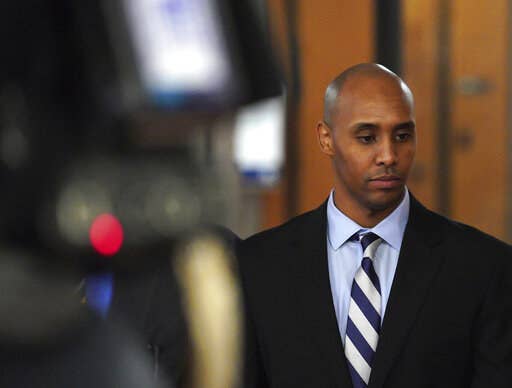
A former Minneapolis police officer, Mohamed Noor, broke more than 18 months of silence to testify about the moment he shot and killed an unarmed Australian woman in an alley after she had called the police to report a possible sexual assault in July 2017.
Noor — who had refused to speak to investigators, make a public statement, or attend a grand jury hearing — took the stand during his murder trial Thursday.
For the first time, he publicly spoke about what led to him to open fire on Justine Ruszczyk Damond, a 40-year-old yoga teacher and life coach who was engaged to be married to her American fiancé, Don Damond. She was a month away from her wedding when she was killed.
Noor, who is Somali American, is facing murder charges for Justine Damond’s death.
Noor repeatedly said on the stand that he made a “split-second decision” to shoot Damond because he believed that his partner, officer Matthew Harrity, feared for his life on July 15, 2017, according to transcripts of the dramatic testimony.
That night, Damond had called 911 twice to report hearing a woman "making sex noises” in the alley behind her house. She told the dispatcher that she wasn't sure "if she’s having sex or being raped."
Noor and Harrity responded to the call in a squad car and drove up the alley with the headlights off to listen for “sounds” of a woman screaming, Noor said. Harrity, who was driving, stopped the car at the end of the alley to let a person on a bicycle pass in front of the car.
Noor said that at that moment, there was a “loud bang” on the squad car; then a figure approached on the driver’s side, where Harrity was.
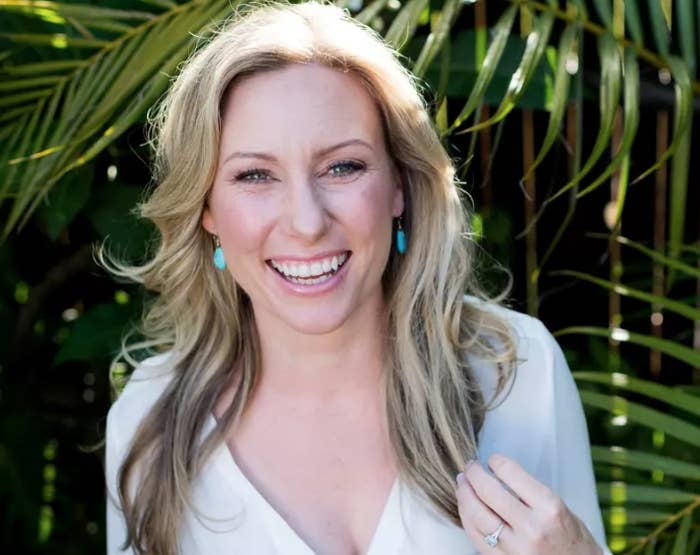
Noor testified that after hearing the bang, Harrity screamed, “Oh, Jesus,” and went for his gun, but that the gun got “caught” in the holster.
“He turned to me with fear in his eyes,” Noor said.
Noor said that he saw a woman with blonde hair wearing a pink T-shirt standing outside Harrity’s window.
When he saw the woman raising her arm, he thought she might have a weapon in her hand and that “my partner would have been dead,” Noor said.
He testified that he did not see Damond's hand or any object in her hand, and that neither she nor Harrity said anything about her having a weapon.
Noor said he was concerned about his partner’s life because he knew Harrity “feared for his life” and “there was a threat.”
“And my intent was to stop the threat,” Noor said.
Noor testified that he rose from his seat on the passenger side and put his arm across Harrity’s chest to protect him from the gun he had in his hand. The gun, he said, which was pointed toward the driver-side window, went past the steering wheel. Noor said he fired a single shot at Damond.
“The threat took a couple of steps back,” Noor told the court, referring to Damond. Afterward, Harrity got out of the car and told Noor to holster his gun.
Noor said that after he got out of the car, he saw Damond take a few steps back and the officers helped her to the ground.
That's when he saw that Damond did not have anything in her hand.
When he realized he had shot an innocent woman, Noor told the court, “I felt my whole world come crashing down.”
“I couldn’t breathe,” he said.
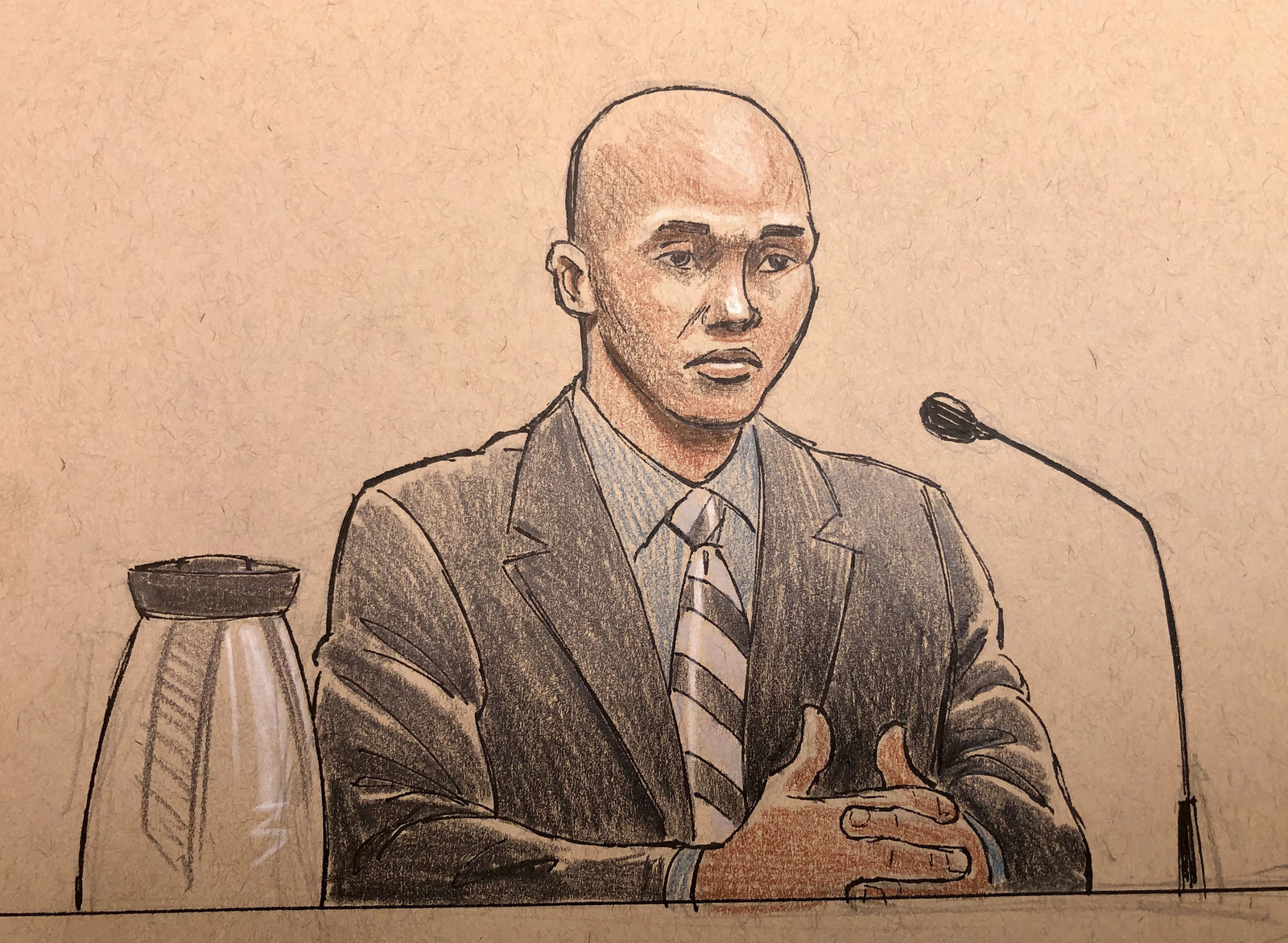
Noor said that he and Harrity started CPR on Damond but she died before his eyes.
“I felt great anguish,” Noor said. “I was sad, traumatized.”
The prosecutor then asked Noor, “So her whole...her whole blonde hair, pink T-shirt, and all, that was a threat to you?”
Noor responded, “That’s how… I relied on my training.”
The case has drawn national and international attention because of the victim’s nationality, Noor’s Somali American background, the unusual circumstances leading up to the shooting, and how rare it is for a police officer in the US to face murder charges for an on-duty shooting.
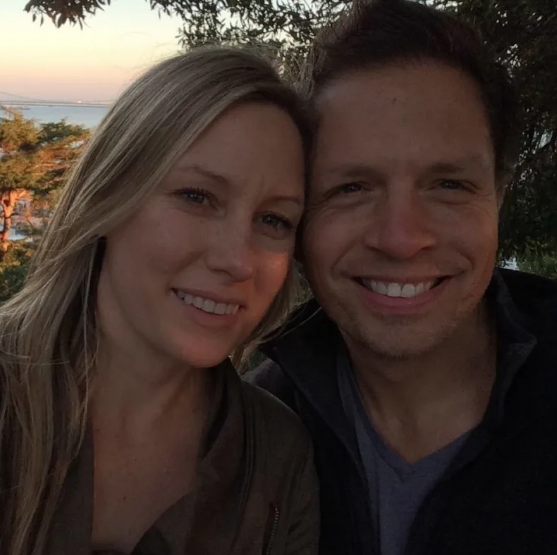
Noor said he had never seen Harrity that scared before. He also said that he and Harrity had worked for 380 hours as partners and their relationship was “like a marriage.”
When the prosecutor asked Noor how he could conclude that Harrity feared for his life based on hearing him yell, “Oh, Jesus,” Noor said. “I can read my partner. ... I’ve worked with [him] long enough to know when he fears for his life.”
Harrity, who had testified earlier in the trial, said that he heard a “thump” on the squad car and a “murmur,” after which he recalled seeing a “black figure” near his open car window.
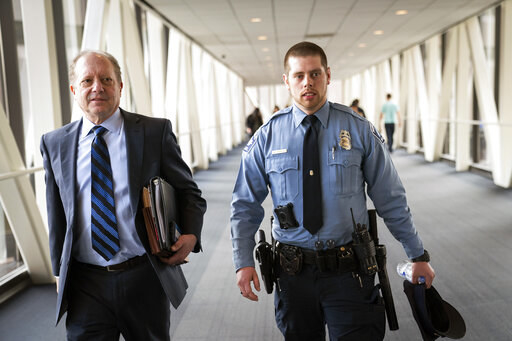
He said in the moment — that lasted “milliseconds” — he yelled “Oh, Jesus” or another expletive and started reaching for his firearm.
Harrity, 27, said that while he feared a possible ambush and was concerned for his life, he considered the use of deadly force “premature” in the situation because he didn’t get a chance to “analyze the threat fully.”
He said that he had unholstered his gun and held it downward at his ribs when he saw the silhouette outside his window.
When Noor’s defense attorney asked Harrity if he thought his “life was on the line at the moment,” Harrity said yes.
During his 2.5-hour-long testimony on Thursday, Noor recounted his life from the time he and his family fled Somalia’s civil war, when he was 5 years old, to them arriving in the US after living in a refugee camp in Kenya. His family eventually settled down in Minneapolis because of its large Somali population.
Noor said he decided to become a police officer because he “fell in love” with Minneapolis and “felt a need to serve and give back” to the city.
“If — if — If I knew this would happen, I would never have become a cop,” he said.
CORRECTION
Don Damond's name was misspelled in an earlier version of this post.
